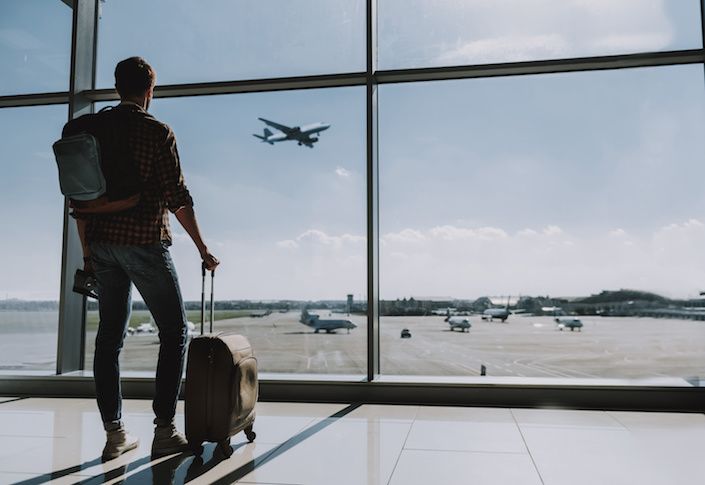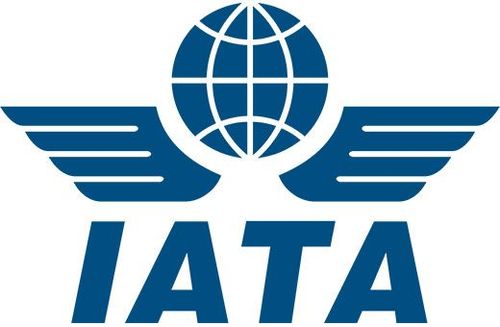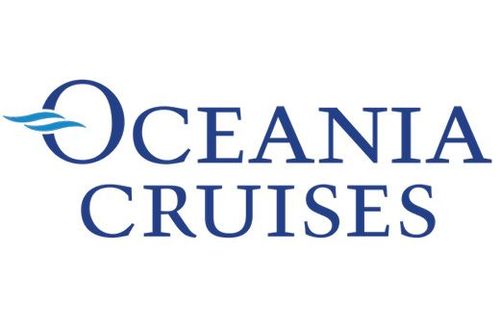Where travel agents earn, learn and save!
News / Optimism when borders reopen
IATA and Tourism Economics released a long-term view for post-COVID-19 passenger demand recovery

May 26 - The International Air Transport Association (IATA) and Tourism Economics released a long-term view for post-COVID-19 passenger demand recovery which demonstrates that people remain eager to travel in the short and long-term. To ensure that aviation can sustainably deliver its social and economic benefits as it meets this long-term demand, it is critical that governments step-up their support for more efficient operations and foster an effective energy transition.
Forecast Highlights Include:
• In 2021 global passenger numbers are expected to recover to 52% of pre-COVID-19 levels (2019) • In 2022 global passenger numbers are expected to recover to 88% of pre-COVID-19 levels • In 2023 global passenger numbers are expected to surpass pre-COVID-19 levels (105%) • By 2030 global passenger numbers are expected to have grown to 5.6 billion. That would be 7% below the pre-COVID-19 forecast and an estimated loss of 2-3 years of growth due to COVID-19 • Beyond 2030 air travel is expected to slow, due to weaker demographics and a baseline assumption of limited market liberalisation, giving average annual growth between 2019 and 2039 of 3.2%. IATA’s pre-COVID-19 growth forecast for this period was 3.8%
The recovery in passenger numbers is slightly stronger than the recovery in demand measured in revenue passenger kilometres (RPKs), which is expected to grow by an annual average of 3% between 2019 and 2039. This is owing to the expected strength of domestic markets like China with large passenger numbers and shorter distances.
Short Term: Restart
The damage of the COVID-19 crisis will be felt for years to come, but all indications are that people have retained their need and desire to travel:• Any possibility for borders to re-open is met with an instant surge in bookings. The most recent example is the 100-percentage point spike in bookings from the UK to Portugal when the UK’s “Green List” was announced in early May
• The economy is strong and can fuel growth in travel. February 2021 industrial production levels stood at 2% above February 2019 levels
• Consumers have accumulated savings in the lockdowns, in some cases exceeding 10% of GDP
• Vaccination rates in developed countries (with the notable exception of Japan) should exceed 50% of the population by the third quarter of 2021
Sustainability
Aviation is committed to cutting its net carbon emissions to half of 2005 levels by 2050. It already has a good track record of decoupling emissions and demand growth per passenger journey in half since 1990 through efficiency gains, but governments need to step up as well.
In addition to efficiency and technology gains, CORSIA (the first global carbon offsetting scheme for an industrial sector) is stabilizing emissions from international flights at 2019 levels. A low-carbon energy transition for aviation has commenced with sustainable aviation fuels that are powering flight today, to be followed by electric and hydrogen-powered aircraft. And there is much more that can be done with infrastructure—airports and air traffic management—to operate with maximum efficiency and minimum emissions.
More Travel News:
Blue Diamond Resorts’ Saint Lucia properties reopened their doors early to first guests
Alaska Airlines and Airspace Intelligence announce first-of-its-kind partnership to optimize air traffic flow with artificial intelligence and machine learning
Travel industry leaders discuss summer travel rebound at 15th Annual Travel Summit hosted by BWH Hotel Group®
European airline capacity continues slow climb as UK partially reopens











